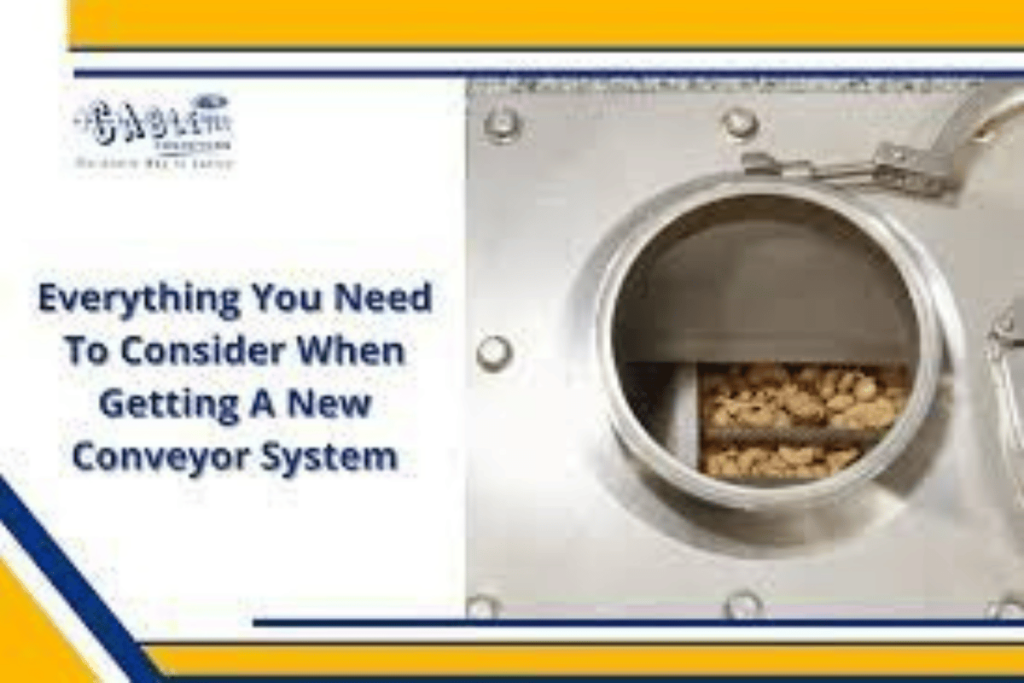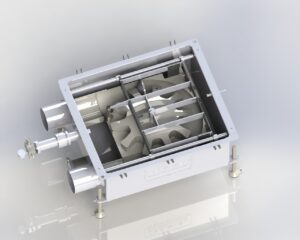Embarking on the journey of acquiring a conveying system can be an essential decision for your operations. Everything you need to consider when getting a new conveyor system, from its type and functionality to cleanliness, maintenance, and future-proofing, will be explored in this comprehensive guide. So, join us and ensure seamless integration of the ideal tubular conveying system for your unique needs.
Everything You Need to Consider When Getting a New Conveyor System
According to our survey, which includes over 200 professionals from a range of production facilities, 61% of businesses have shopped for or purchased a new automatic conveyor system in the last 12 months. Reasons for these purchases vary from needing a more energy-efficient system to an upgrade to accommodate a new product or process. Whether you’re buying a new tubular conveyor for your new facility or simply replacing an old one, there are a few key factors you need to consider to get the best possible system for your needs.
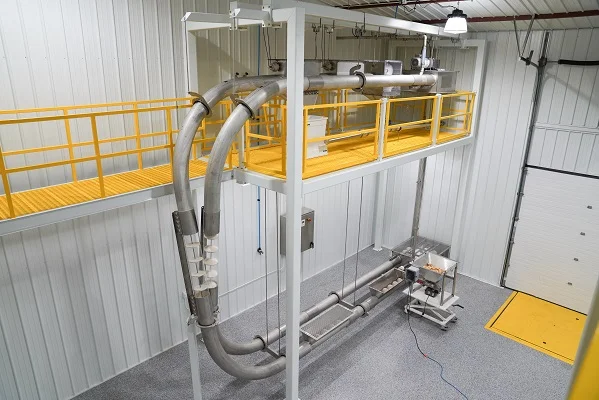
Decide What Is the Right Conveying System for Your Needs
One of the most common mistakes made when choosing new conveying equipment is not getting the right type for the job. There is a wide variety of conveyor technologies on the market, each designed for specific tasks.
For example, you wouldn’t use a bucket conveying solution to move boxes down an assembly line when a conveyor belt system is so much better suited for that. Similarly, you won’t use a screw conveying system to transport fragile materials – the design puts these materials at risk of degradation. When choosing the right conveying type, consider the following:
- What type of material will you be transporting? What is its particle size, flowability, abrasiveness, and moisture content? At what speeds and temperatures must it be transported to remain intact?
- How far will the material need to travel?
- How much weight will the conveyor need to support?
- Are there any physical constraints in your facility that could impact the installation or operation of the system? For example, do you have limited headroom or floor space?
Don’t fall into the trap of simply getting the same type of conveyor you used before. This is especially true if you aren’t satisfied with the conveyor’s performance. Conduct extensive research and consult with an expert to find the best possible system for your needs.
Choose the Right Conveyor Functionality for Your Needs
Conveying is defined as moving material from one point to another. The key word here is “moving” – your automated conveyor system should be capable of transporting materials a specific distance at a set rate. Delivery time is important, but it’s not the primary focus.
Feeding, on the other hand, is concerned with controlling the rate at which materials are delivered to another process or piece of equipment. It is a process-critical operation, as an interruption in the flow of materials can cause significant downtime and production losses.
This distinction is important because some types of conveyors are better suited for conveying, while others are better for feeding. It is also important when deciding on the size, speed, and other specifications of your new conveying system. Talk to an expert to determine whether you need a conveying or feeding system – or both – for your facility.
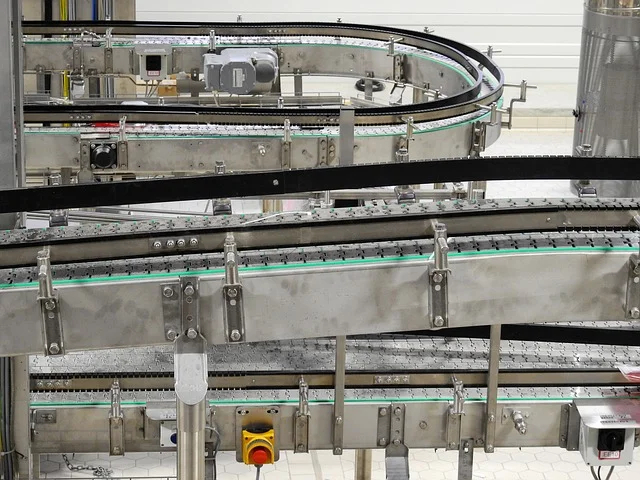
Prioritize Cleanliness and Maintenance for Optimal Conveying Performance
We can’t overstate the importance of cleanliness and maintenance in a production facility. Conveyor solutions, in particular, are susceptible to a build-up of dust, debris, and other contaminants that can cause problems. Contaminants can lead to material degradation, clogging, and equipment failures. They can also create safety hazards for your employees.
Therefore, it is crucial to choose an industrial conveyor system that is easy to clean and maintain. 34% of respondents in our State of Conveying Report have listed ease of cleaning as one of the key factors in their decision-making process. 28% have named minimizing maintenance requirements as a priority when looking at new conveyors.
Cleanliness and Maintenance Aspects for Your Conveying System
When considering the cleanliness and maintenance of your new conveyor system, there are some questions you can ask yourself. That way, you’ll decide and be sure the choice is the right one for your conveying needs. This being said, check out the following questions:
- How easy is it to access all parts of the system for cleaning and maintenance?
- Does the system have any features that make it easier to clean, such as enclosed cleaning conveyor belts or sealed bearings?
- What type of maintenance will the system require? How often must it be carried out, and how long will it take?
- What kind of training will my employees need to carry out preventive maintenance and cleaning tasks?
- How much will it cost to keep the system clean and well-maintained?
Remember, a conveying system is a significant investment. You need to be sure that you can afford to keep it in good condition for many years to come.
Pick the Conveying System Based on Your Operating Environment
The environment in which your conveyor system will operate is another key factor to consider. Don’t forget to check this feature when contacting conveyor systems manufacturers, and be sure to take into account the following:
- What are the temperatures in the area? Will the conveyor material be affected by extreme temperatures?
- Are there dust, moisture, or other potentially harmful airborne particles present?
- Are there any areas where the conveying system could be exposed to corrosive materials?
- What about vibration or other forms of mechanical stress?
All of these factors can impact the performance and lifespan of your system. Choose a material handling system that is designed to withstand the conditions in your facility. This will not only improve the performance of your system but also reduce the frequency and cost of repairs.
Does the System Meet All the Safety and Sanitary Guidelines?
Some industries have very specific safety and sanitation guidelines that must be met. These can include regulations from OSHA to the FDA and other agencies. For example, if you are running a food processing facility, you must adhere to strict guidelines regarding the cleanliness of your conveying solution. The same is true for pharmaceutical and cosmetics manufacturing facilities. Be sure to choose a conveyor system that meets all the safety and sanitary regulations for your industry.

Take Your Budget Into Consideration When Choosing Manufacturing Conveyor Systems
Of course, one of the most important factors to consider when choosing a new conveyor system is your budget. Automated conveyor systems can vary widely in price, depending on the size, features, and material of the system.
Be sure to get quotes from several conveyor manufacturing suppliers before making your final decision. You should also consider the total cost of ownership when making your decision. In addition to the initial purchase price, you need to factor in the cost of installation, training, operation, repairs, and regular maintenance. Choose a system that fits your budget and will not require excessive spending on repairs and maintenance down the line.
Future-Proof Your Operations With Modula Systems
Rare are the businesses that stay exactly the same year after year. More often, businesses grow and change over time. When choosing one of the tubular or belt conveyor manufacturers, it is important to take into account your plans for the future. Will you be expanding your facility soon? If so, you will need a system that can easily be expanded to accommodate the additional throughput.
This is where modular industrial conveyor systems have an advantage. With a modular design, you can easily add to the conveyor as your needs change. They can fit into almost any space and can be reconfigured to meet your specific requirements. Are you planning on adding new products or changing the way you manufacture your existing products? If so, you will need a system that is flexible enough to handle the changes.
What Kind of After-Sales Support Is Available?
Once you have installed your new conveyor system, you will need to maintain it and keep it running smoothly. Be sure to choose a supplier that offers excellent after-sales support. This includes training for your employees, technical assistance, and easy access to replacement parts. A reliable conveyor supplier will help you keep your equipment running smoothly for many years.
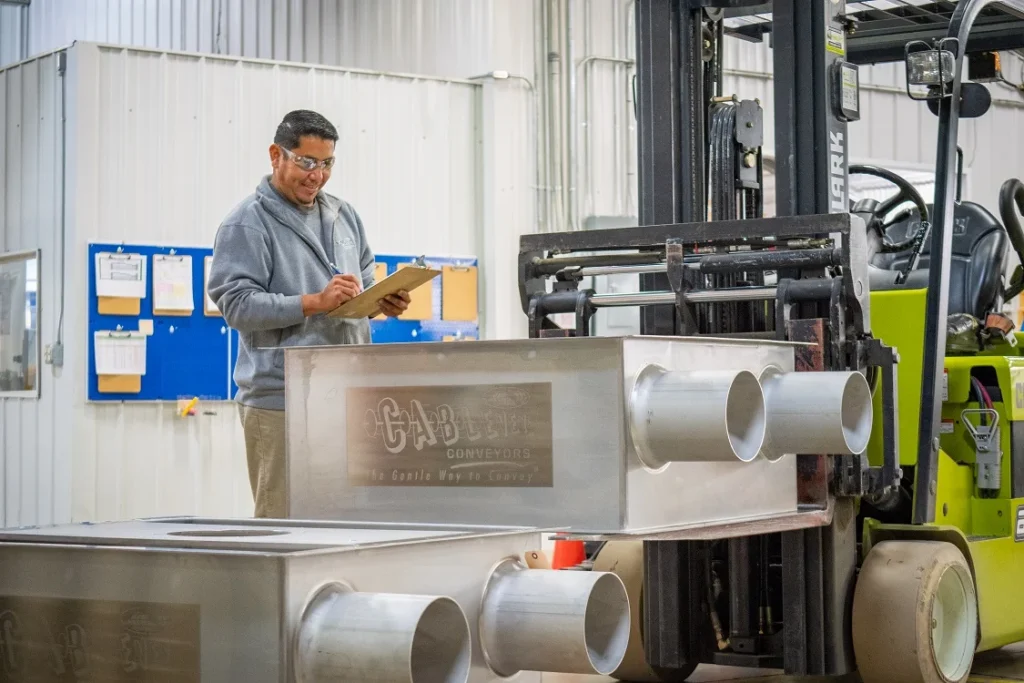
Navigating the Decision Landscape With Confidence and Expert Guidance
Shopping for a conveyor engineering solution can be a daunting task. There are many factors to consider, from the type of material you are conveying to the safety and sanitation regulations of your industry. But by taking the time to do your research, you can find a system that meets all your needs and fits within your budget.
Above all, it is important not to make this vital decision alone. Consult with conveying experts, your engineers, and other employees who will be using the system. They can offer valuable insights that you may not have considered and not miss having an important feature like conveyor installation supervision. When you are ready to start the conversation about a new conveying system for your food processing business, don’t hesitate to contact our experts at Cablevey Conveyors. We will be happy to discuss your specific needs and help you find the perfect solution for your facility.

